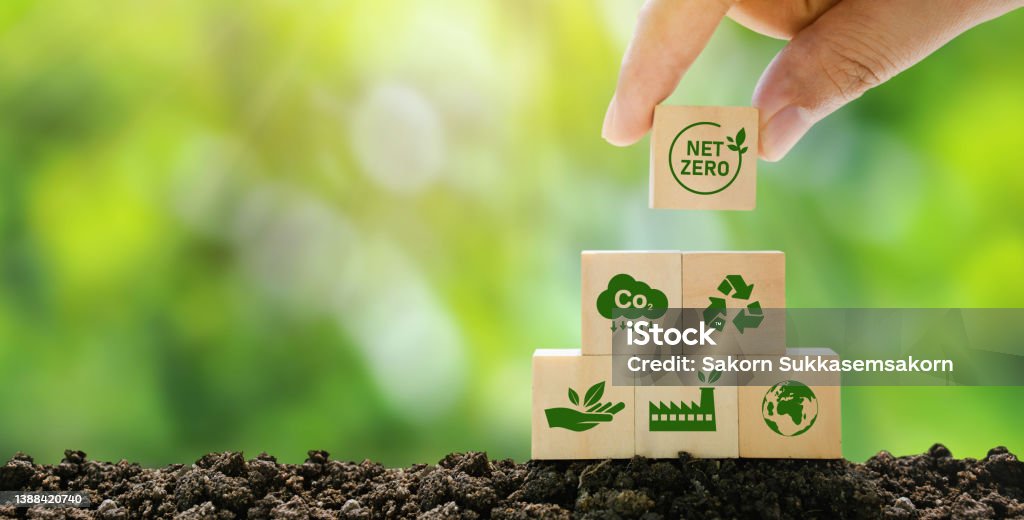A Comprehensive Guide to Fertilizers: Types, Uses, and Environmental Impact
Fertilizers are essential for maintaining soil fertility and carbon footprint ensuring high crop yields. However, the misuse of fertilizers can lead to environmental degradation and health risks. In this article, we will explore the different types of fertilizers, their uses, and their impact on the environment.
Types of Fertilizers
- Organic Fertilizers: Organic fertilizers are derived from natural sources such as compost, manure, and plant residues. They improve soil structure, add nutrients, and promote beneficial microbial activity. Examples include cow dung, bone meal, and seaweed extracts.
- Inorganic Fertilizers: Also known as synthetic or chemical fertilizers, inorganic fertilizers are manufactured using chemical processes. They provide a quick source of nutrients to plants but can lead to soil degradation and water pollution if overused. Common examples include urea, ammonium nitrate, and superphosphate.
- Slow-Release Fertilizers: These fertilizers release nutrients slowly over time, reducing the risk of nutrient leaching and runoff. They are often coated or encapsulated to control the release rate. Slow-release fertilizers include sulfur-coated urea and polymer-coated fertilizers.
- Liquid Fertilizers: Liquid fertilizers are dissolved in water and applied directly to the soil or sprayed onto plants. They are quickly absorbed by plants and are often used as foliar sprays. Liquid fertilizers can be organic or inorganic, depending on their source.
Uses of Fertilizers
- Promoting Plant Growth: Fertilizers provide essential nutrients such as nitrogen, phosphorus, and potassium, which are necessary for plant growth and development.
- Improving Soil Fertility: Fertilizers replenish nutrients in the soil that are depleted by crops, maintaining soil fertility for future plantings.
- Increasing Crop Yields: Properly applied fertilizers can significantly increase crop yields, ensuring food security and economic stability.
- Correcting Nutrient Deficiencies: Fertilizers can correct nutrient deficiencies in plants, which can manifest as stunted growth, yellowing leaves, and poor fruit development.
Environmental Impact of Fertilizers
- Eutrophication: Excessive use of fertilizers can lead to eutrophication, where nutrient runoff into water bodies causes algae blooms and oxygen depletion, harming aquatic life.
- Soil Degradation: Misuse of fertilizers can lead to soil acidification, salinization, and nutrient imbalances, reducing soil fertility and productivity.
- Air Pollution: Ammonia emissions from fertilizers can contribute to air pollution and have negative impacts on human health and the environment.
Conclusion
Fertilizers play a crucial role in modern agriculture by improving soil fertility and increasing crop yields. However, their use must be carefully managed to minimize environmental impacts. By understanding the different types of fertilizers, their uses, and their environmental impact, farmers and gardeners can make informed decisions to ensure sustainable agriculture for future generations.

